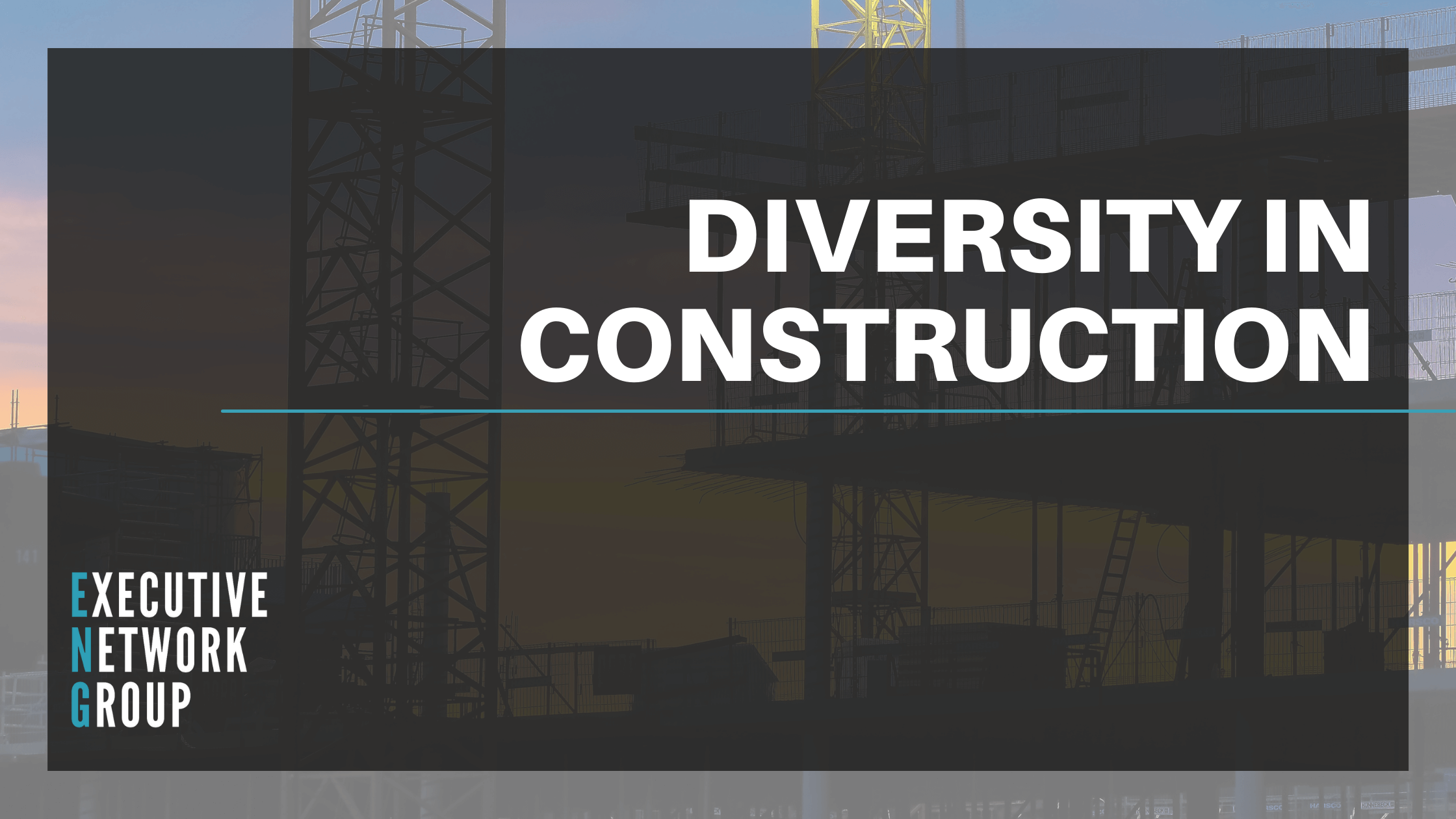Diversity in The Construction Industry

‘‘Women make up 14% of construction professionals’’
When asked how you would stereotype the construction industry, what would your thoughts be?
My guess is you would probably have a generalised view of a white man with certain mentality. Am I right? While that stereotype may have previously held some truth, times are clearly changing (albeit slowly), and for the better. This misconception that the construction industry is an ‘old fashioned man’s industry’ with a lack of progression, benefits and rewards just isn’t the case anymore.
By just typing ‘women in construction’ into Google, there’s an abundance of articles congratulating women for various achievements – such as Lady Anne Clifford being the first woman to take an active role on a building in 1590 or Carol Bell being a female Deputy Project Manager on the Eden Project in the early 00’s.
So from 1590 to 2021, what changes have we actually seen in the construction industry?
In today’s construction industry, we can most certainly see a fairer balance between men and women, and construction is actually one of the few industries leading the way to bridging the pay gap between the genders. Additionally, many large construction firms do indeed have a higher number of women in senior roles and on the executive board. This is set to continue as younger female professionals are getting their foot in the door of the construction industry (due to the attractive avenues of not having to go to university), meaning the 14% figure is only going to rise.
‘"The industry average for the BAME population is 4% within the UK’’
Along with the above statistic, Building magazine's April 2019 diversity survey also found that:
-
58% of black construction professionals do not feel secure in their jobs – compared with 41 per cent of white construction professionals.
-
76% of black construction professionals felt their chance of finding a job was lower because of their ethnicity.
It is shocking to see such statistics when the benefits of a diverse workplace have been researched, identified and proven. The most common benefits include improved team performance, an easier hiring and retention process, greater creativity, a better understanding of customers and an improved brand.
With the UK population projected to become more ethnically diverse, and with the BAME population likely to be a source of significant future revenue, the inclusion of BAME employees is essential for the construction industry.
It is important for individuals to remember that there are certain things that can be done to promote diversity within the workplace:
-
Know your rights.
-
Find organisations that are passionate about combating diversity issues.
-
Think about what diversity means to you.
-
Be honest on diversity surveys so companies know what to improve on.
Companies can also become more diverse and more importantly inclusive by focussing on different aspects, such as:
-
Offer diversity training to team members.
-
Nurture your culture to be as inclusive as possible.
-
Make the selection criteria and hiring process transparent.
-
Utilise diversity statistics when hiring.
-
Promote diverse employees to higher positions.
Just as in any other industry, there is a long road ahead for construction firms before it reaches equal representation in the workforce. It is encouraging, however, that more senior leadership seems to be on board with D&I programs as time goes on.
At Executive Network Group, our continued research and investment in this field has led to the creation of a unique platform to help our clients overcome diversity challenges: the ENG 3D Ecosystem®. To learn more about the ENG 3D Ecosystem® and to see how this could benefit your company, get in touch at 3D@executivenetworkgroup.co.uk.Enjoyed it? Share it

